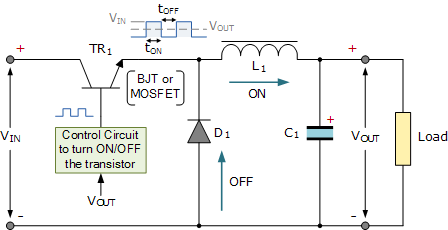SMPS Voltage Regulation Guide for Prototypers

⚙️ The Problem: Unstable SMPS Output Voltage
Switched-mode power supplies (SMPS) are efficient, but poor voltage regulation can lead to unreliable circuit performance, especially when the load varies. If your output voltage drops or spikes, your microcontroller or sensors might behave unpredictably—or fail!
🛠️ The Solution: Optimize Feedback & Filtering
SMPS uses a feedback loop to regulate voltage. Improper resistor divider settings or weak output capacitors can cause voltage instability.
Here’s what you can do:
Use precision resistors for the feedback network.
Add low-ESR electrolytic capacitors to the output.
For high-frequency stability, add a small ceramic capacitor in parallel.
🔋 Practical Example: 5V SMPS for a Microcontroller
Let’s say you build a 5V SMPS to power an ESP32 board. Under load, it drops to 4.7V, causing random resets. Solution:
Adjust the voltage divider to output a slightly higher voltage (e.g., 5.1V).
Add a 470μF low-ESR capacitor and a 100nF ceramic cap to stabilize ripple.
🔢 Sample Calculation: Feedback Divider
To get 5V output from an SMPS IC with 1.25V reference:
Vout = Vref × (1 + R2/R1)
Choose R1 = 2.2kΩ, R2 = 6.8kΩ
=> Vout ≈ 1.25 × (1 + 6.8/2.2) ≈ 5.1V
🧰 Product Suggestion: Made in India SMPS Parts
Use top-quality MOSFETs and capacitors from SmartXProKits.
🛒 Shop now at SmartXProKits.in
💡 Support our work and India’s innovation—buy from our Make in India site!




















